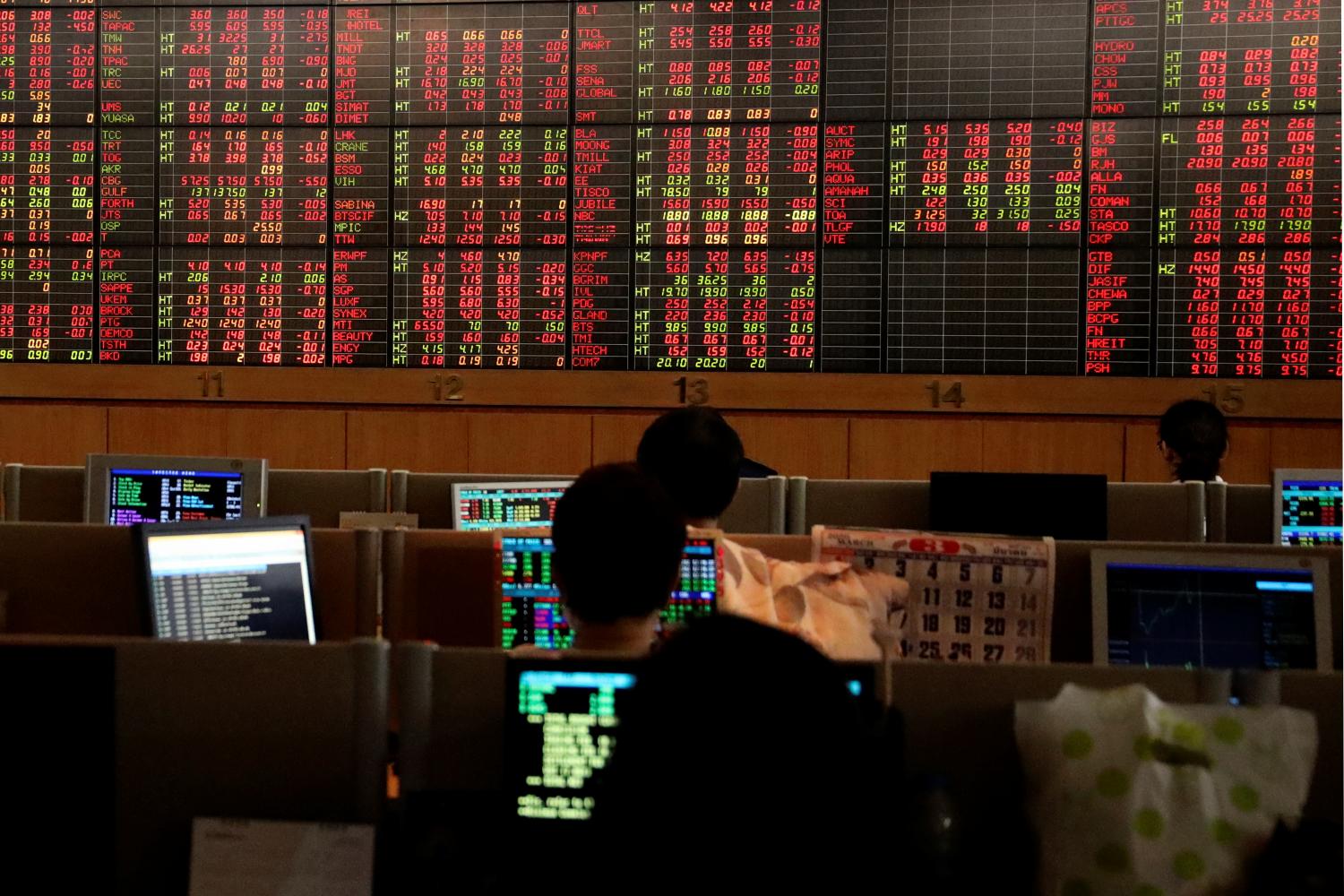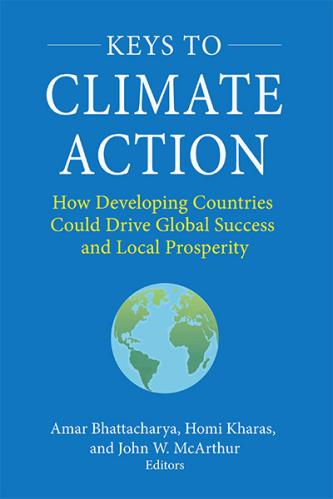EXECUTIVE SUMMARY
This paper reviews the performance of ASEAN countries over the two decades since the Asian financial crisis in the late 1990s, as well as the countries’ vulnerabilities to the U.S.-China trade war and the COVID-19 pandemic. It argues that these turbulences indicate that the world has reached an inflection point, requiring fundamental change in development thinking and approaches. This message is particularly relevant for Association of Southeast Asian Nations (ASEAN) countries, which made impressive economic achievements before the COVID-19 outbreak. As all ASEAN countries have established aspirational goals for their development journeys over the next two to three decades, it is imperative that each country undertake decisive fundamental reforms and strategic shifts in order to be highly prepared, competitive, and resilient in the future development landscape. Furthermore, ASEAN will be much stronger if it can position itself as an integrated market and a well-coordinated community, in which each country endeavors to enhance not only its own fitness, but also the fitness of the region in the post-COVID-19 global economic evolution.





